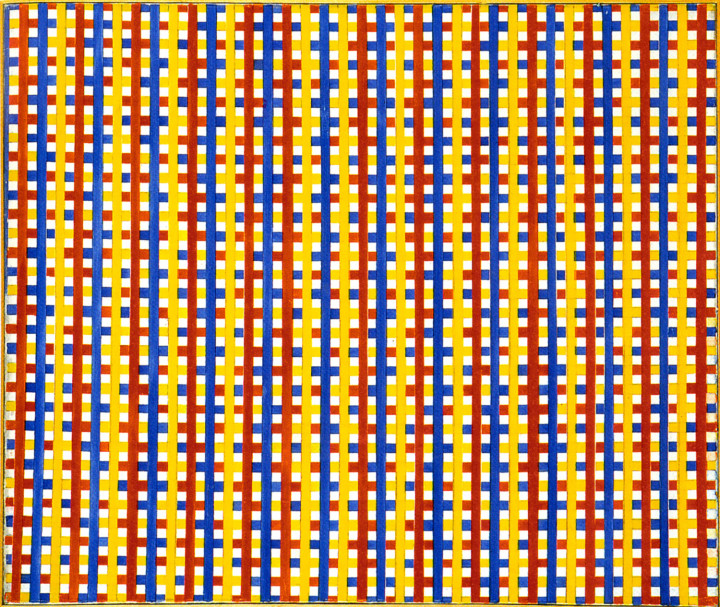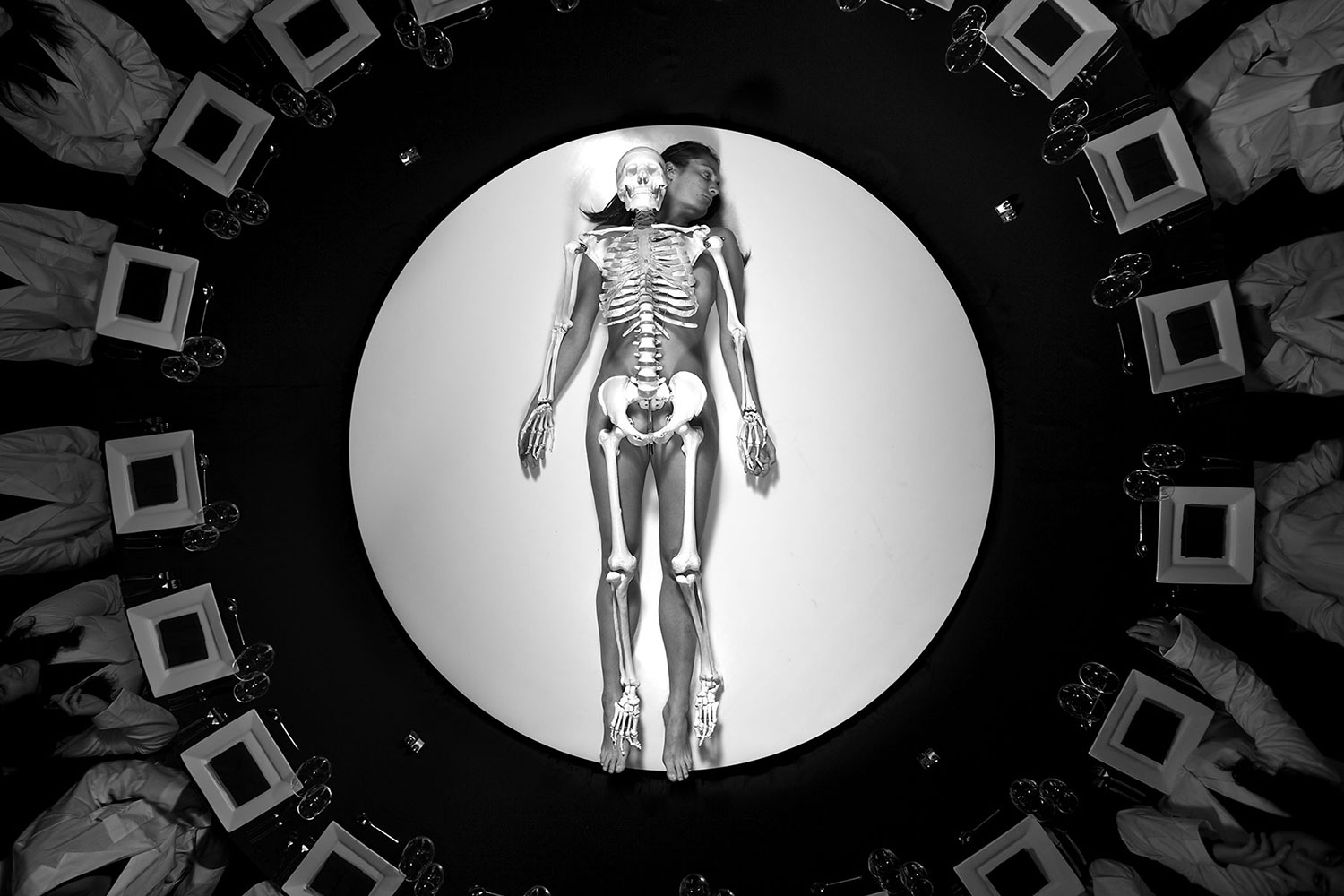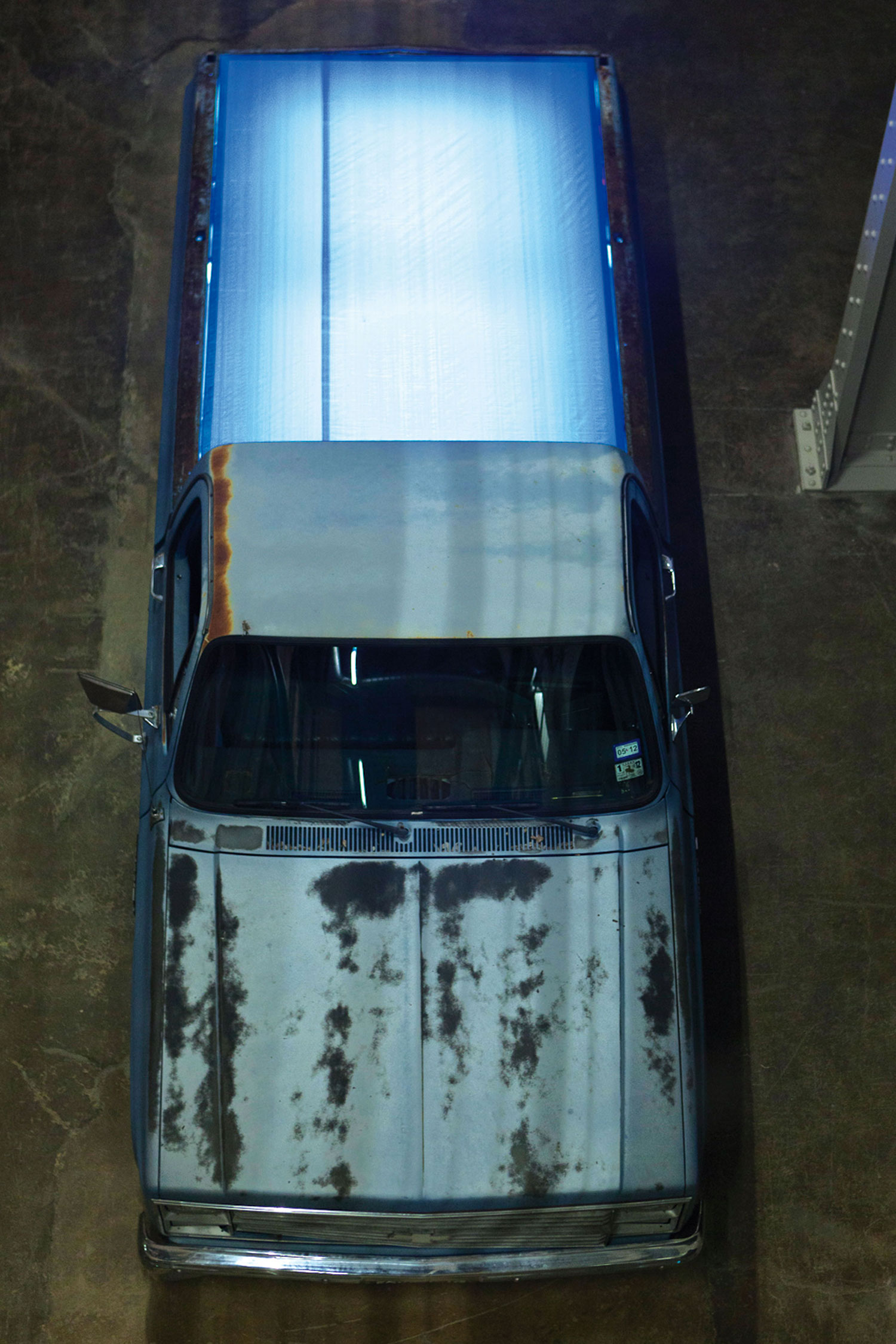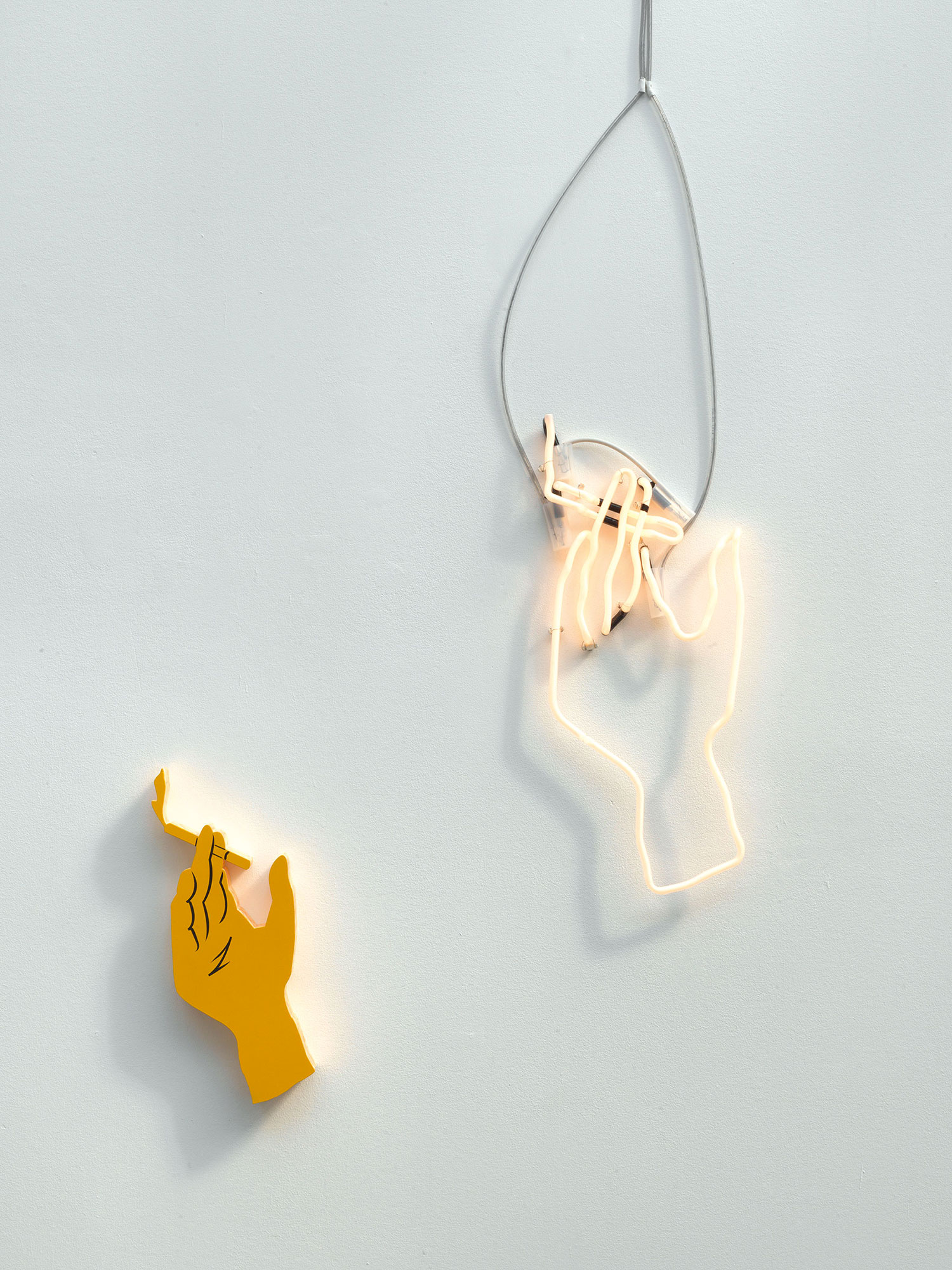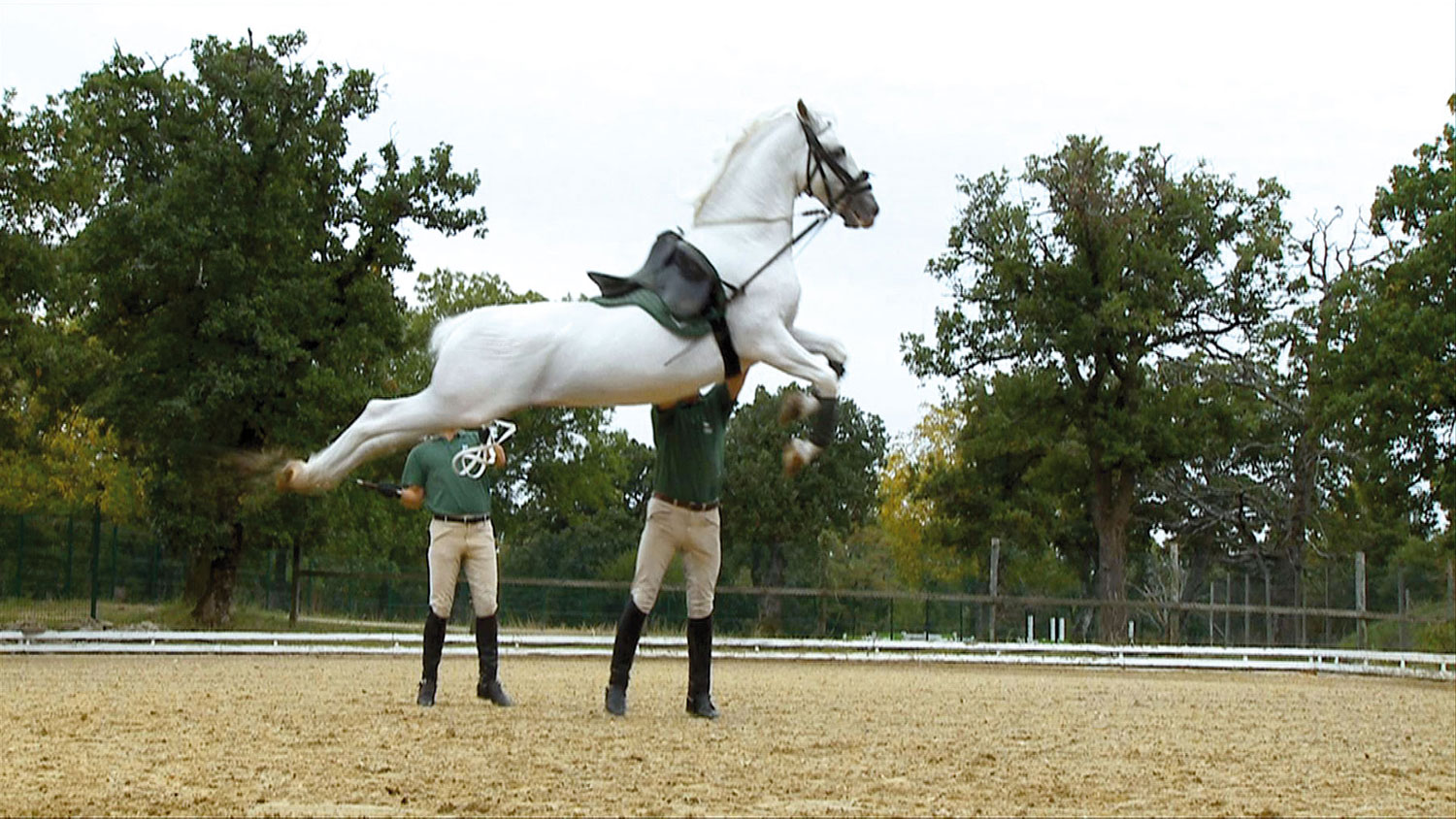
Donatien Grau: What was your entry into the art world?
Marian Goodman: My entry into the art world was via my studies in art history and publishing a portfolio with works by American artists. I first tried to interest a museum in a publishing program that would offer editions of the finest quality by the most interesting artists of our time at affordable prices so that young art enthusiasts could afford it. When I realized it was impossible to do such a program through the museums, I started Multiples with some friends in 1965. I was very attracted by the spirit of that time — very serious, very idealistic — and in the end Multiples realized the project of my dreams. I was of course interested in the classical print media, but also in any experimental format that interested the artists. So there were diverse projects with Roy Lichtenstein, and over the years, many projects with Richard Artschwager, Sol LeWitt, Claes Oldenburg, James Rosenquist and Andy Warhol. We also did projects with a number of the Fluxus artists, Dan Graham, Bruce Nauman, Robert Rauschenberg, Ed Ruscha and Robert Smithson, to name a few. It was an exciting time to be publishing.
DG: You organized Marcel Broodthaers’s first exhibition in the United States.
MG: After encountering Broodthaers’ work in Europe, I met him at a Fluxus convention in Berlin in the early ’70s and we began to publish several editions together. I loved his work and couldn’t believe he had no New York gallery representation. There was little interest in European art in New York then. I thought if no one wished to represent him, I would love to. When he agreed, I opened a proper gallery to show his work. And so the gallery was launched with a beautiful show of his drawings and objects in the fall of 1977.
DG: From the beginning, you had connections in New York and Europe.
MG: After my 1968 trip to Documenta, I began publishing editions with Joseph Beuys, Marcel Broodthaers, Richard Hamilton, the Bechers, Ger van Elk and Jan Dibbets, as well as working with some Blinky Palermo editions. So that was the beginning of my education in European art. Through multiples, I already had the experience of working with some of the greatest American artists of our time. I would have loved to work with these artists when I started my gallery, but they already had representation by established galleries. After the gallery opened, I spent some time traveling to educate myself and identify artists I would love to represent. Eventually I came to represent the work of a number of artists associated with Arte Povera, such as Giovanni Anselmo, Giuseppe Penone and Giulio Paolini, who represented the best spirit of the ’60s with their attention to the dignity of basic or poor materials that gave such eloquent form and expression to their thoughts and ideas. In the end, artists from other countries also joined the gallery, including American artists John Baldessari, Dara Birnbaum, Dan Graham, Julie Mehretu and Lawrence Weiner.
DG: You also worked with German artists, such as Blinky Palermo and Anselm Kiefer.
MG: It was very clear to me that somehow Germany was able to “breed,” so to speak, some very important artists, and that there was a great vitality and creative spirit in the new Germany. I had always admired the generation that was active in moving Germany away from its dreadful past. It seemed to me that of all the nations in post-war Europe, it was the Germans who most honestly dealt with their history and tried to find a better path. I was able to work in one way or another with the best of them. I gave a show of Blinky Palermo’s works in 1984, one of his first shows in New York. I also showed Sigmar Polke in the same year. But I worked steadily throughout the ’80s to secure the representation of German artists; all of the German artists I represent joined the gallery during the decade.
DG: Your decisions to work with younger artists, such as Tino Sehgal or, more recently, Danh Vo, are also very important…
MG: People often tell me: “You should look at this artist or that artist.” I heard about Tino from one of the artists in the gallery and from a gallerist who had shown his work. I saw his work several times and met him as well. I was very interested, but felt I hadn’t yet found the right piece to introduce his work to a New York audience. Then I was invited to see a show that he had just opened at the MMK (Museum für Moderne Kunst) in Frankfurt. It was entitled This Situation, and I thought it was truly exciting — the art of conversation and dance. The piece was such an intellectual delight with such a high level of discourse that I thought it would be perfect for New York. With Danh Vo, I was impressed by the first few works shown in Europe and New York. He is able to express himself within a work that utilizes many media to explore his place within his own history and that of his world. As I look at the history of the gallery, the core group of ideas and artists was clearly established by the end of the ’80s. It was in the ’90s and 2000s that I realized a gallery must grow to enrich itself. During this period we added many new artists who reflected the changes of the past two decades. This gallery represents five generations of artists; each has made a unique creation to give voice to their innermost reflections and humanistic concerns about life. The last three-and-a-half decades have been a journey of discovery.

